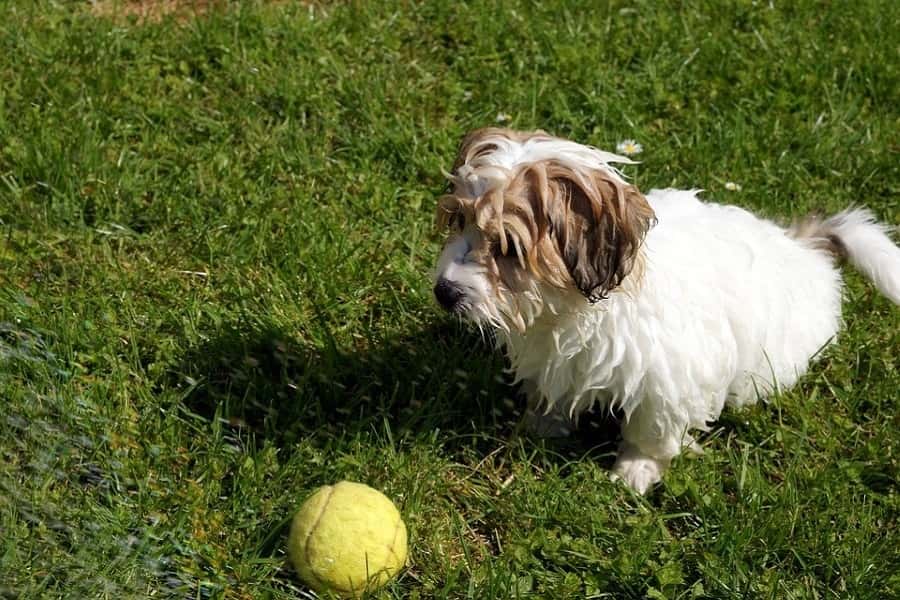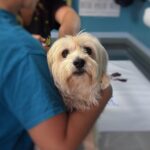COTON DE TULEAR
Type: Pure Breed
Height: 10 to 12 inches
Weight: 12 to 15 pounds
Life Expectancy: 14 to 16 years
COTON DE TULEAR TEMPERAMENT
The Coton de Tulear is generally a happy dog, extremely sturdy and versatile, you will see them excel in any activity you engage them with whether it be mental or physical. On the flip side, they are heavily dependent on human companionship. It is also important to engage them early in Puppy kindergarten and obedience training.
On a good day, they can get along well with cats, dogs, and even children especially when they have been well socialized.
COTON DE TULEAR PHYSICAL APPEARANCE
The name “Coton” is the French word for cotton. This word basically describes the main physical attribute of the dog breed. This being it coat which has a very cotton-like look and feel, the coat is more fluffy than silky in nature with a long topcoat.
A small dog by nature, this fluffy cotton-like hair covers their entire body, including their thin, lightly-muscled forelegs. They come in black or white colors and sometimes white with tri-colors. The white color seems to be the preferred choice by most people and breeders.
COTON DE TULEAR CHARACTERISTICS
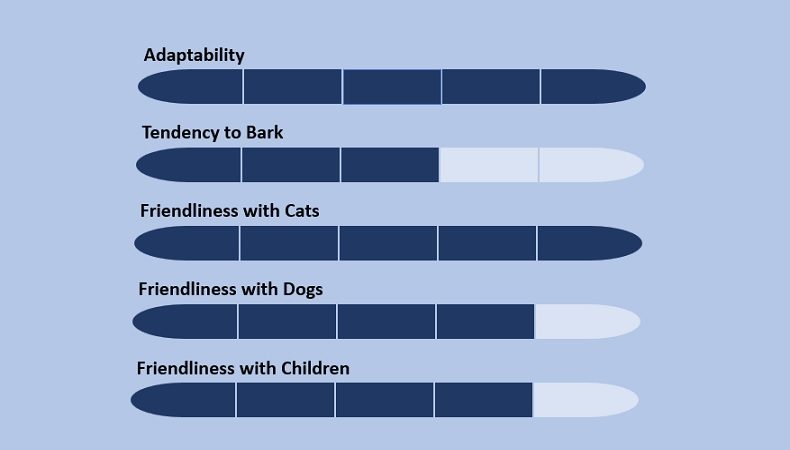

COTON DE TULEAR CARE
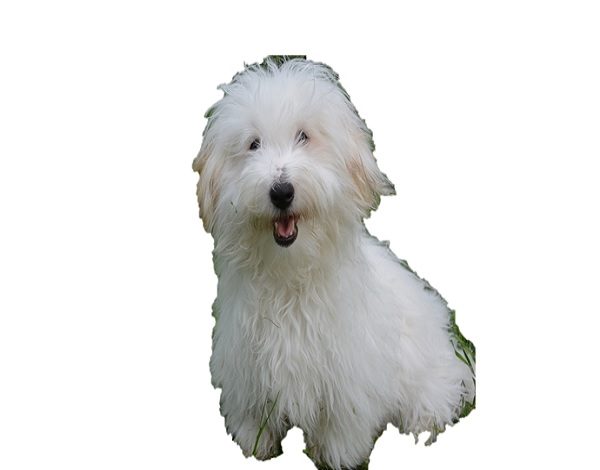
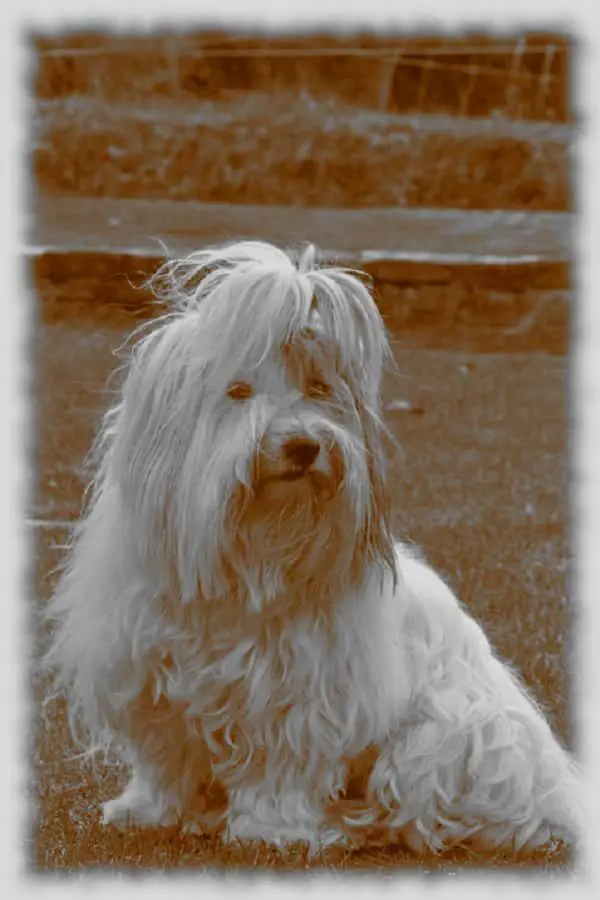
COTON DE TULEAR HISTORY
Madagascar as an island is located 250 miles off the southeastern coast of Africa and even though it is regarded as an African nation, its main occupants are people of Indonesian origin.
In the 17th century, the French invaded this tiny island and took over not just most of its workings but adopted their way of being, they too were enamored with this dog and used it as a status symbol. They even went a bit further instigating that the breed could not be exported out of the country.
Be it as it may, there are tales of the breed being smuggled out of the island and one famous story of a ship containing this breed meeting its demise at sea leaving the dogs to swim some distance to the main African coasts from where they started a new life. All this has not been substantiated.
Come the 1900s, Madagascar gains its independence, More freedom of activities tourism, and interaction with other countries increased. With this opening, the free exportation of the Coton de Tulear dog breed began. The export was so good that by 1992, the number of this dog breed was significantly reduced in this island nation.
It wasn’t till the 1960’s that this breed started spreading into Europe and 1974 into America, before then the export had taken strong roots in France. Be it as it may, the Europeans and Americans took a liking to the dog.
The dog was officially accepted into the American Kennel Club in 2014 and has become one of the popular exotic dogs ever since.

Hi, I am Charles Nwankwo Editor-in-Chief, Mydoggything.com. Gleaning from Professional Dog Trainers, behaviorist, Registered Veterinarians, and Breeders. We are passionate about making dog care easy for you. My job is to make sure that you get the best-updated dog care information to understand and take care of your dog or dogs.
